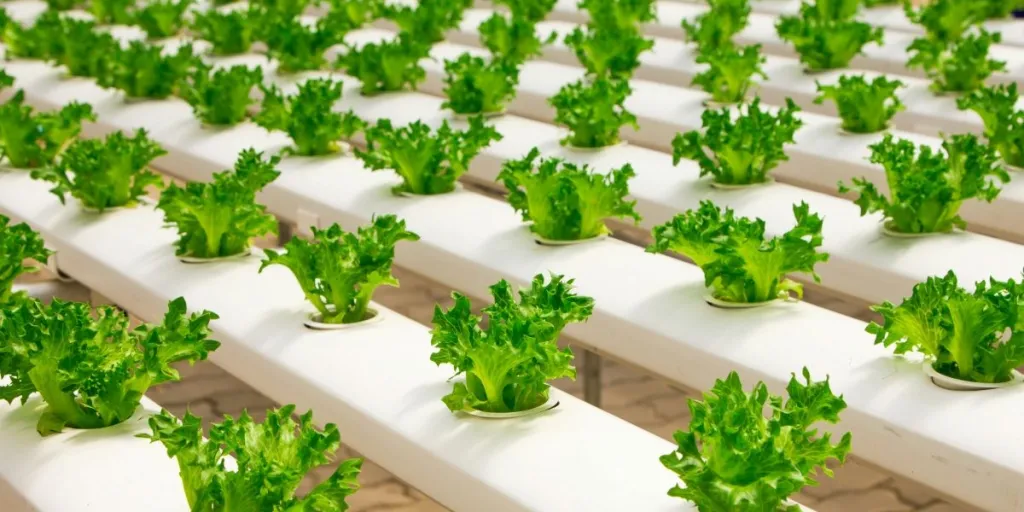Plants need both macro and micronutrients to thrive. Generally, plants get these from the soil. However, with the world’s population growing and people having less access to arable land, hydroponic gardens are becoming more popular.
Hydroponic gardening involves growing plants without soil and cultivating them in nutrient-rich water solutions. This method allows for the growth of various plants without using soil and in smaller spaces.
With hydroponic gardening, you can comfortably grow plants indoors no matter the climate and grow them faster than if they were planted in soil. It can therefore be an ideal solution for urbanites with no space to garden but who still want to grow fresh vegetables.
Table of Contents
Hydroponic gardening market size overview
Benefits of hydroponic gardening
Types of hydroponic system
What you need for hydroponic gardening
Conclusion
Hydroponic gardening market size overview
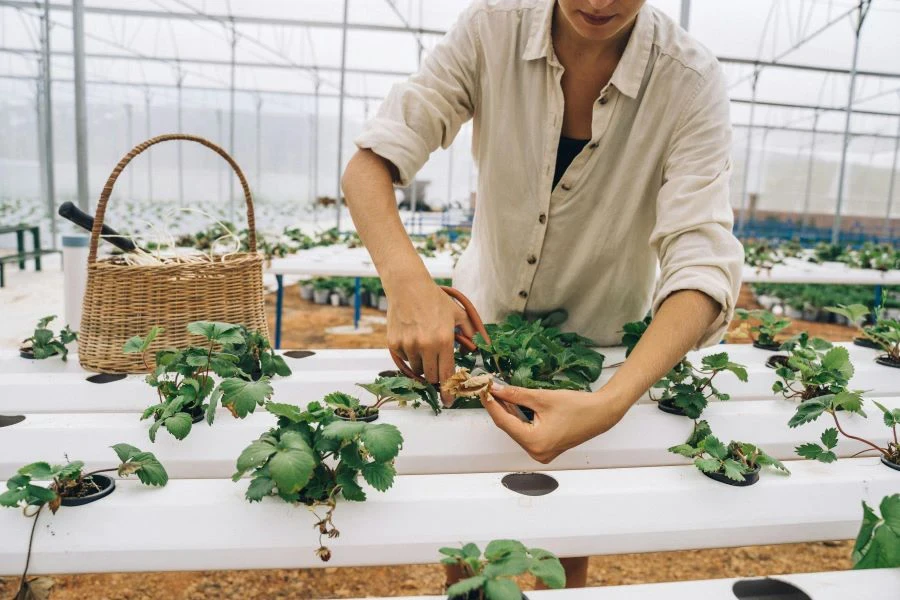
According to Persistent Market Research, the global hydroponics market is valued at USD 13.9 billion in 2024 and estimated to grow at a CAGR of 13.4% to reach USD 29.7 billion by 2030. As the world deals with the increasing demands of population growth and shrinking viable land necessary for crop growth, hydroponics is a transformative solution that is helping to promote crop resilience and boost food security.
Moreover, the increased demand for locally sourced fresh products, especially in urban areas, has further enhanced the appeal of hydroponic gardening among city dwellers.
The advancement in technology in hydroponic gardening is also a driving force behind its increasing market size. The pursuit to integrate advanced technology via the internet of things (IoT), artificial intelligence, and automation to revolutionize hydroponic systems has further bolstered this growth.
Benefits of hydroponic gardening
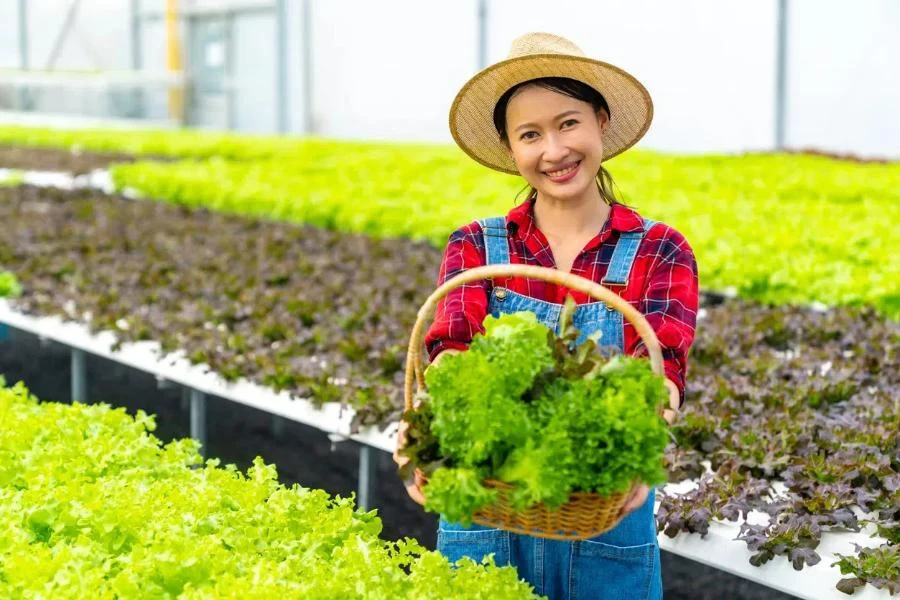
The benefits of hydroponic gardening go beyond the basics of higher yield and faster plant growth. Some other benefits include:
- Resource efficiency: Hydroponic gardening reduces the amount of water needed for plant growth compared to traditional gardening. It reuses water and minimizes water loss due to run-off and evaporation, making it a more sustainable gardening option in areas with limited water resources.
- Reduced pests and diseases: Many pests and diseases thrive in the soil; when you eliminate soil in gardening, many of the potential pests and diseases are also reduced, reducing the pesticides used on your plants
- Year-round gardening: With hydroponic systems, you don’t have to worry about winters; you can continue gardening indoors or in greenhouses year-round and have fresh produce throughout, regardless of what mother nature is doing outside
- Added control: With hydroponic gardening, you have full the control, from the garden’s environment to the nutrient mix and PH levels, matching your plants’ specific needs
- Cleaner: If you keep your plants indoors, hydroponic systems are cleaner than soil gardens
Types of hydroponic system
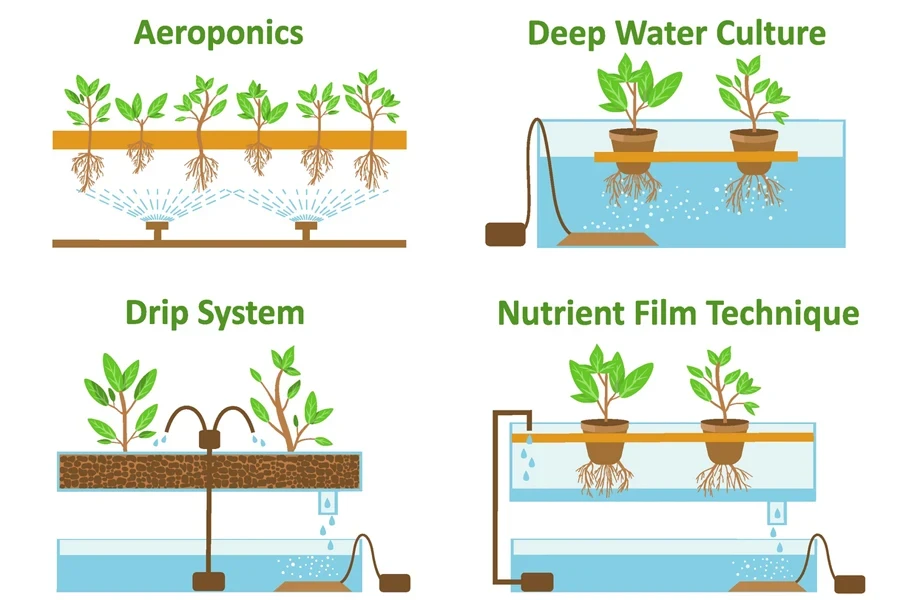
There are a range of hydroponic systems available depending on your budget, the plants you want to grow, and your available space. Some available hydrophobic systems include:
Nutrient film technique (NFT)
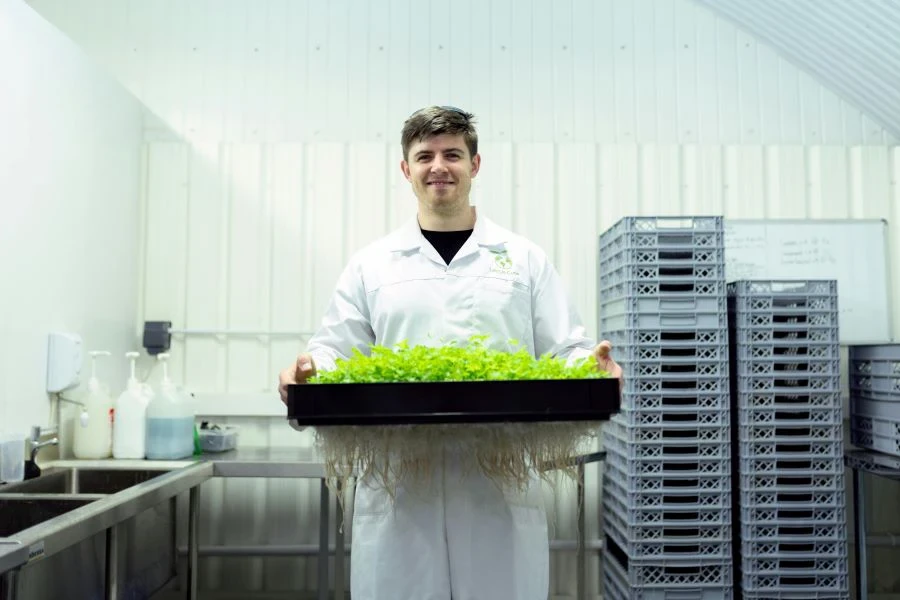
With nutrient film technique systems, you pump nutrients into a channel that holds the plants. The channels are slightly sloped, so the nutrient solution flows over the plants’ roots and back into the reservoir.
NFT systems use foam grow bag inserts to secure the plants, making them ideal for plants with small root systems, like leafy greens and herbs. They are the most scalable of all hydroponic systems and suitable for commercial growers.
Deep water culture (DWC)
With deep water culture (DWC) systems, the plant’s roots are suspended in a nutrient solution, and air is provided via an air stone at the bottom of the hydroponic bucket, also known as a bubble bucket. Deep water culture is ideal for all plants but mostly for large plants with bigger root systems, such as various fruits.
Since the plants sit directly on the nutrients and have an unlimited oxygen supply, they tend to grow rapidly.
Wick hydroponics
The wick system is the simplest hydroponic system and requires no electricity, aerators, or pumps. In this system, the plants are placed in an absorbent growing medium like perlite, coco coir, or vermiculite, and a nylon wick runs from the plants to the reservoir with the nutrient solution.
The wick system works well for small houseplants and herbs that don’t need a lot of water to thrive, as it supplies plants with fewer nutrients compared to some of the bigger systems.
Ebb and flow/flood and drain
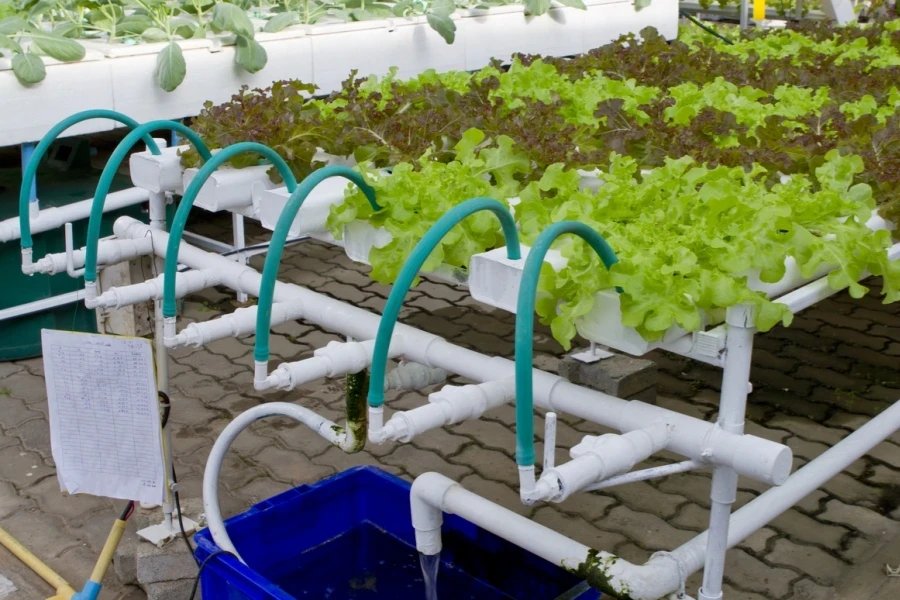
Many home gardeners use the flood-and-drain hydroponic system, where plants are placed in large grow beds with a growing medium, and the nutrient solution is flooded.
The grow features a drain to prevent the solution from overflowing, and some also have a time-controlled pump that shuts off after a predetermined time, draining the grow bed and allowing the water to run back to the pump. An automatic drain can also be used, eliminating the need for a timer.
This system helps to flood and drain the system faster and more frequently, increasing plant nutrients and growth, and is ideal for all plants, including some root vegetables. They are also customizable, making them a good choice for hobby hydroponic gardeners.
Drip hydroponics
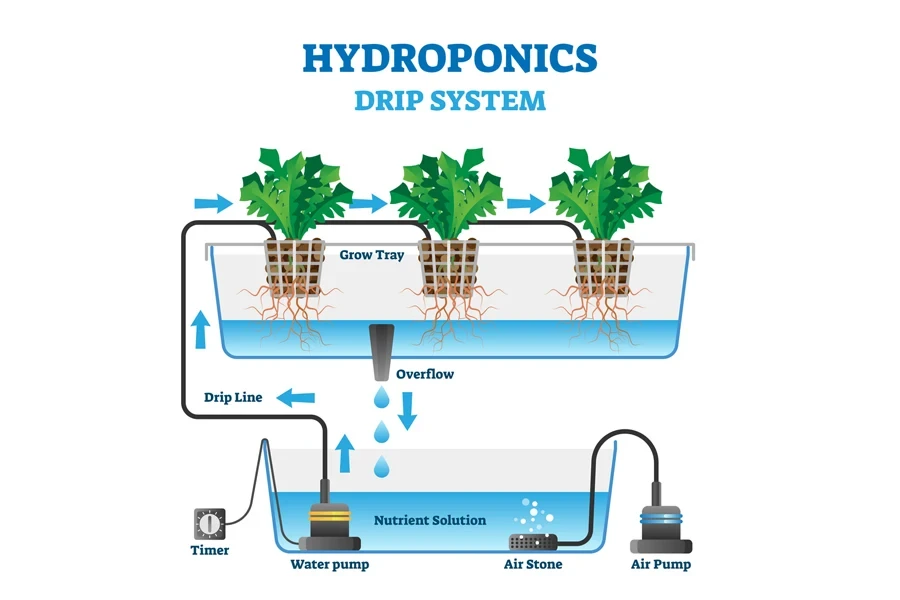
With this system, the nutrient solution is pumped through pipes to the plant’s base. At the end of the tube, drip emitters allow the solution to drip, saturating the growing medium at an adjustable flow.
Drip hydroponics are easy to set up and use, and you can customize them, making them ideal for those who regularly need to grow different crops.
Aeroponics
In aeroponics, the plants are suspended in the air, and the nutrient solution is sprayed over the plant’s root system via mist nozzles before the solution falls back into the reservoir. With the correct setup, an aeroponic system can be used with any plant.
What you need for hydroponic gardening
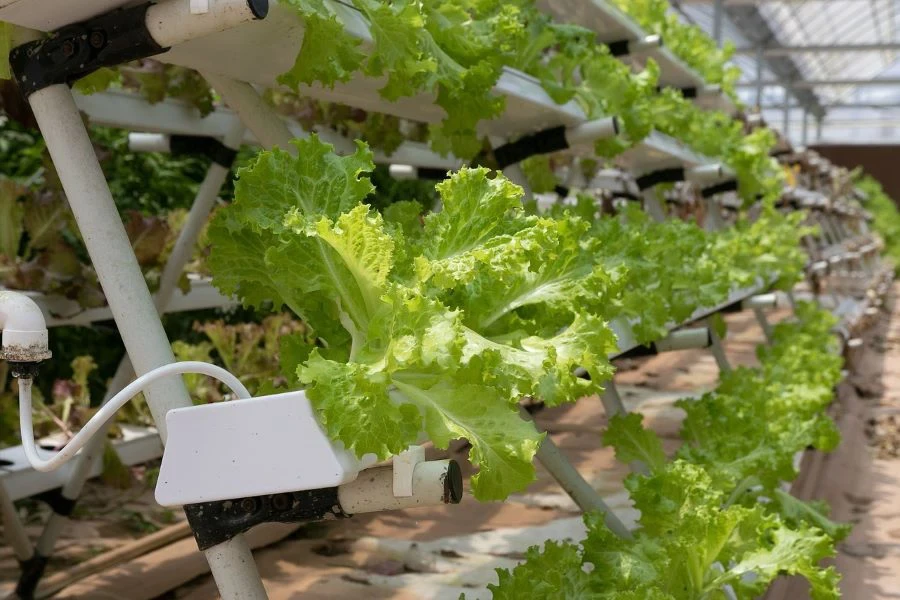
Gardening-related small businesses and retailers should consider stocking a range of hydroponic products for the chance to attract a broad range of growing enthusiasts. Retailers should learn about the different systems so as best be able to advise their customers on the best systems to use depending on the plants they want to grow or their available space.
Some of the items to stock include:
- Grow lights
- Bubble buckets
- Drills
- Rotary tools
- Submersible pumps
- Growing trays
- Electronic timers
- Net pots
- Hydroponic fertilizers
- Growing media
- Cotton or nylon cords for wicks
- Air stones
- PVC pipes
- Spray tubes
- Sprayers
Conclusion
Hydroponic gardening is the future of food production. As more and more people live in urban areas with limited spaces to grow food, hydroponic gardening is becoming increasingly popular thanks to its suitability in smaller spaces.
Small businesses and retailers should take advantage of this gardening technique and stock materials and equipment gardeners need to create working systems.
